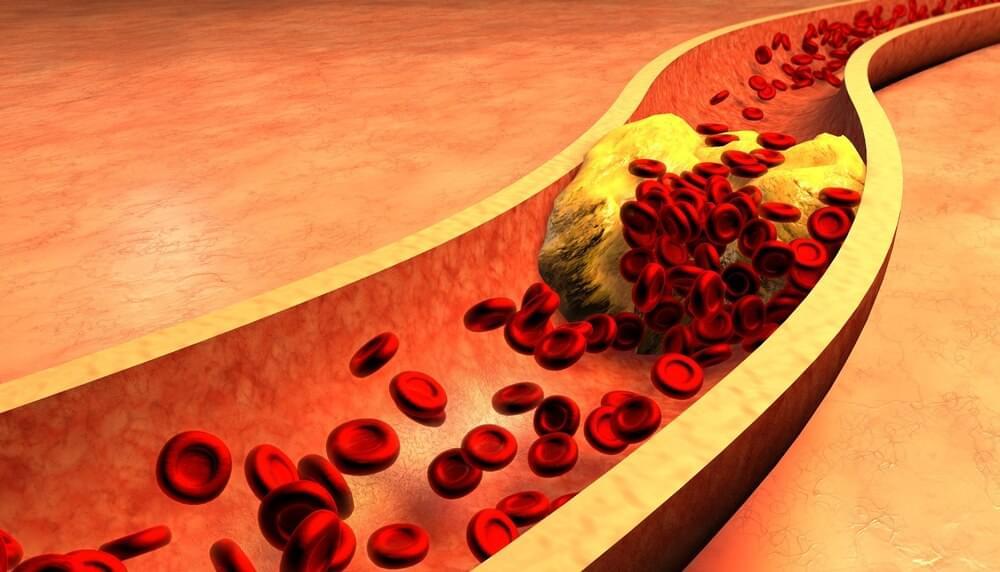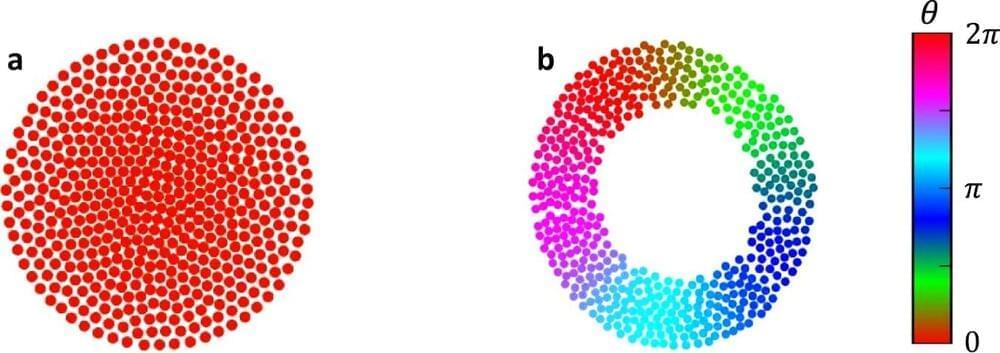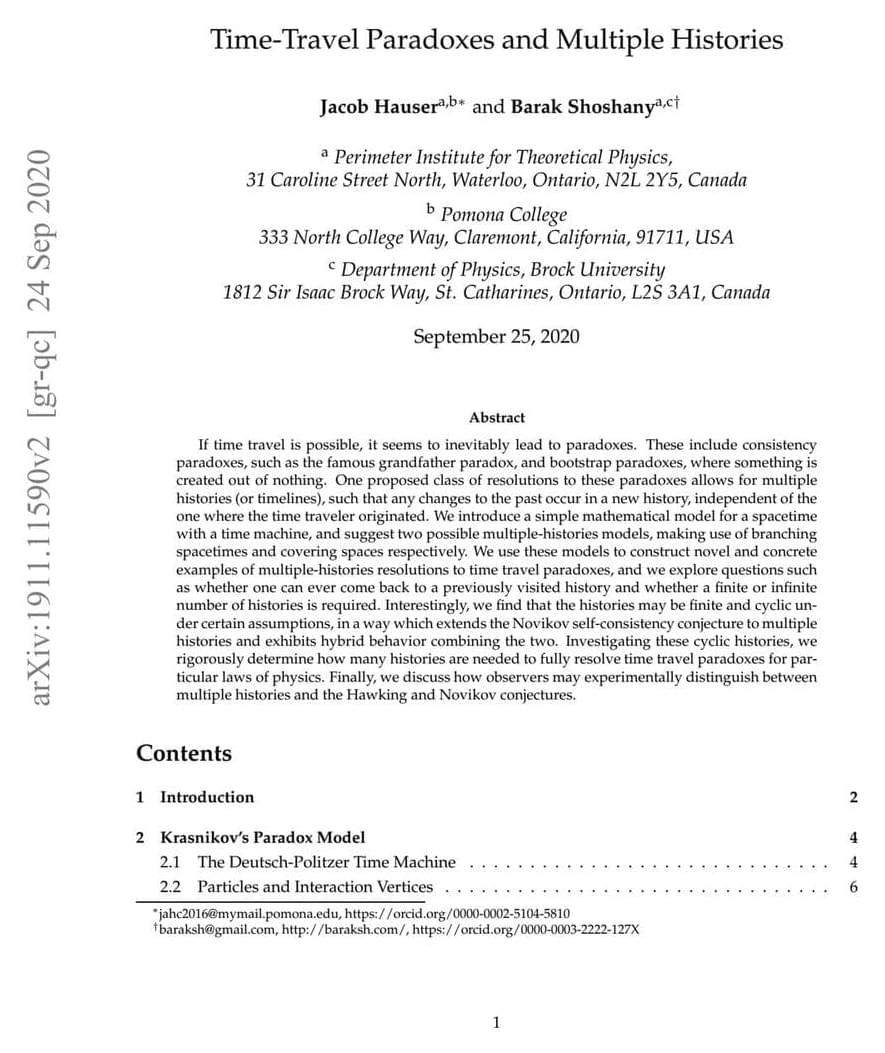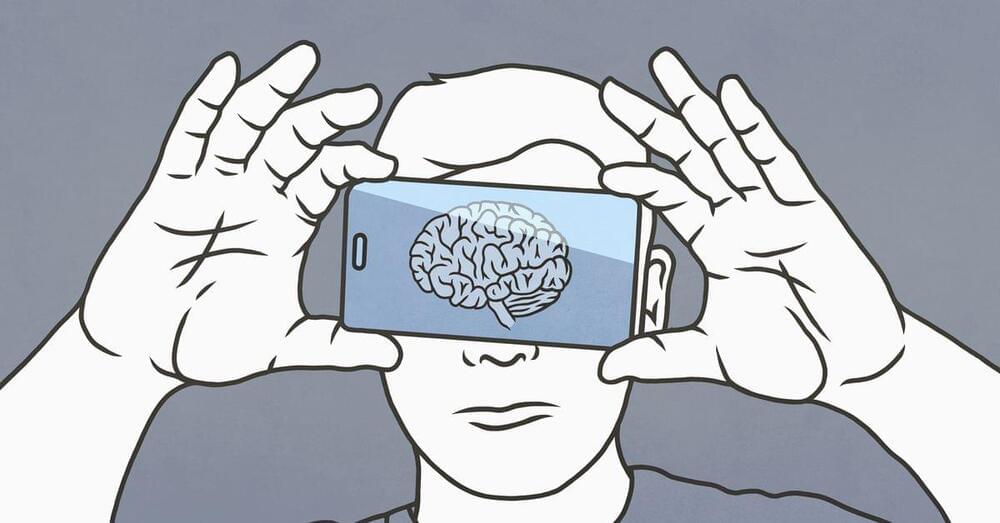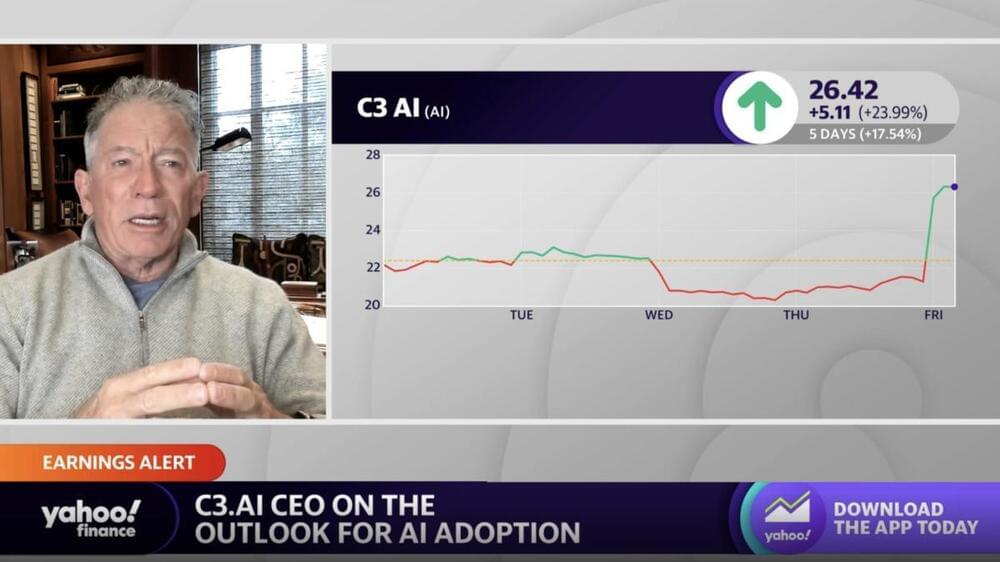Artificial Intelligence AI
🖤 Become an AI & Robots fan & get access to perks: https://www.youtube.com/channel/UCi-vwe-lm_tgxEdlxf690Aw.
Did you think that technology getting too advanced and wiping away humanity was something that happened only in movies? You might be shocked by what you find today.
Robots ‘will reach human intelligence by 2029 and life as we know it will end in 2045’.
This isn’t the prediction of a conspiracy theorist, a blind dead woman or an octopus but of Google’s chief of engineering, Ray Kurzweil.
Kurzweil has said that the work happening now ‘will change the nature of humanity itself’.
